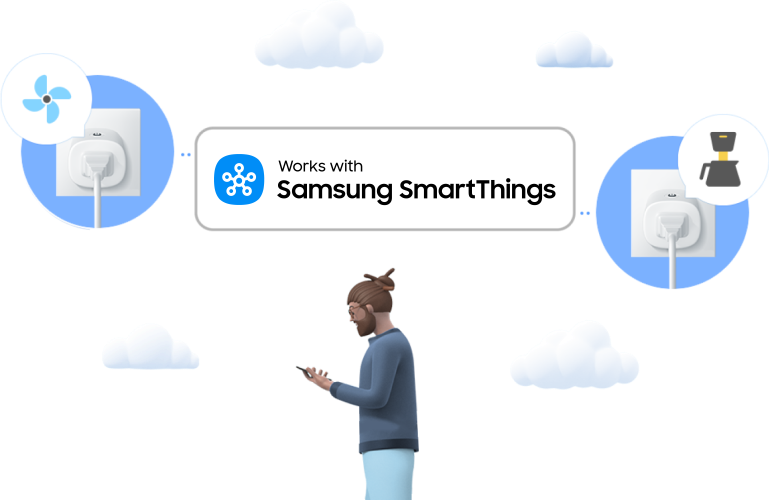SmartThings CEO Alex Hawkinson joined Senator Richard Blumenthal, FTC Commissioner Maureen K. Ohlhausen, and a host of other entrepreneurs at the Washington Post’s “All Things Connected” forum this morning in Washington, DC.
Speaking to a crowd of roughly 200 people, Hawkinson discussed how the Internet of Things is altering our daily lives and what is being done to ensure consumer privacy is respected and ensured.
[pullquote]It’s crazy to think that in an era when you know what is happening with your former high school classmate’s kindergartener because of Facebook, that there’s not an easy and affordable way to know what is happening in and around your home when you’re away.”[/pullquote]Hawkinson started by telling the audience how he first formed the idea to start SmartThings: After several months away from his family’s Colorado vacation home, Hawkinson returned to find that a busted pipe had caused a massive flood throughout the entire home. Since no one in the family knew what had happened, the water lingered in the house for months, causing tens of thousands of dollars worth of structural damage, and the loss of valuable family heirlooms.
After gutting the home, Hawkinson thought to himself: “It’s crazy to think that in an era when you know what is happening with your former high school classmate’s kindergartener because of Facebook, that there’s not an easy and affordable way to know what is happening in and around your home when you’re away.” Several months later, SmartThings was born.
[pullquote]The Internet is now engulfing the next frontier–the physical objects and things in our homes and communities.”[/pullquote]Hawkinson said that the Internet of Things represents the third major wave of the World Wide Web. For more than a decade, companies like Google and Facebook have created digital databases of much of the world’s knowledge and social relationships. The Internet is now engulfing the next frontier–the physical objects and things in our homes and communities.
“Just as Google has propelled the Knowledge Graph, and Facebook has propelled the Social Graph, we at SmartThings hope to create the Physical Graph.”
 When asked about SmartThings’ stance on privacy, Hawkinson largely agreed with Senator Blumenthal’s earlier comments about a general excitement for the future of connected things, but a hope that robust policies would help ensure that user data is not shared or collected by the government. Hawkinson said: “Our belief has always been that we need to establish a proactive stance on privacy and user data. We firmly believe that users should 100% own their own data. Always.”
When asked about SmartThings’ stance on privacy, Hawkinson largely agreed with Senator Blumenthal’s earlier comments about a general excitement for the future of connected things, but a hope that robust policies would help ensure that user data is not shared or collected by the government. Hawkinson said: “Our belief has always been that we need to establish a proactive stance on privacy and user data. We firmly believe that users should 100% own their own data. Always.”
The conversation then shifted to forecasting which industries will inevitably be disrupted by the Internet of Things revolution. Due to the increasing ability to know what is happening at your home from anywhere in the world, and also to act on it, Hawkinson stated that the economics of the insurance and home security industries are poised to shift dramatically in the near-term future.
He also added that, as the elderly population grows in North America, low-cost technology will be able to better monitor aging loved ones and result in increased quality of independent living for those who might otherwise need to relocate to retirement communities.
As time was winding down, the Washington Post‘s Mary Jordan asked Hawkinson, “So, we’ve heard a lot about the Internet of Things, but could you actually demonstrate some of these so-called ‘things’?”
With his SmartThings app reflecting on the overhead monitor, Hawkinson gave the audience a quick tour of the different Dashboard categories and possibilities, and showed the crowd how to configure different sensors. He showed the different actions that automatically take place when he uses the Hello, Home feature to tell his home “Goodbye!”; and finished by showcasing how a software developer in SmartThings’ open community has been able to create an integration with Sonos that sounds the noise of a pack of loud, barking dogs when unexpected motion is detected in Alex’s home when he’s away.
The crowd applauded in approval–not so much because of the barking dogs themselves, but because of what they represent: that like the Internet before it, the Internet of Things is going to be a collection of millions of user-generated applications that offer people real and meaningful value, while also showcasing our own creativity.




